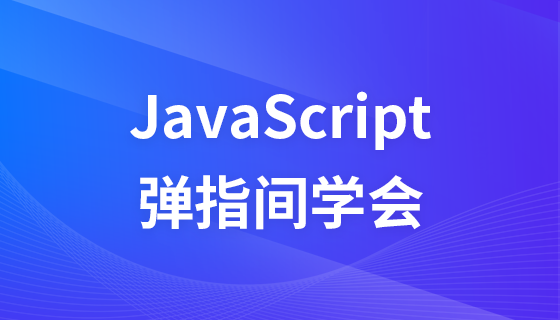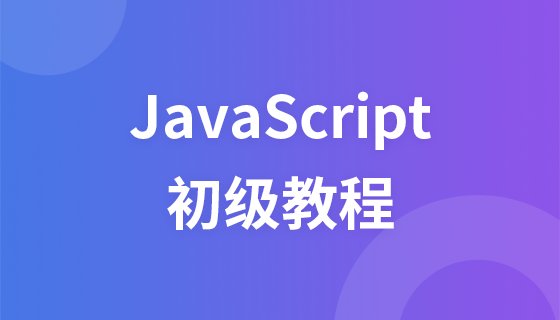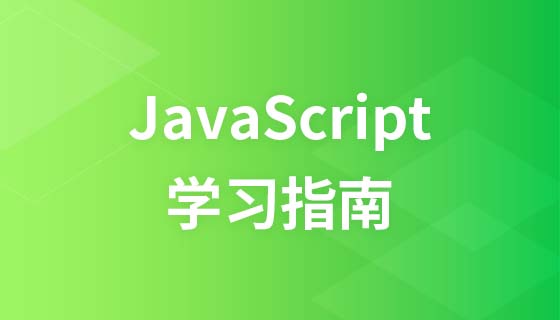
This article brings you a summary of various methods of Object in JavaScript (with examples). It has certain reference value. Friends in need can refer to it. I hope it will be helpful to you.
1. hasOwnProperty
obj.hasOwnProperty(prop)
Parameter
prop: The attribute string name to be detected or Symbol
Return value
Boolean used to determine whether an object contains the specified property
All objects that inherit Object will inherit the hasOwnProperty() method. This method is used to detect whether an object contains specific properties of its own. Unlike the in operator, this method ignores properties inherited from the prototype chain
Object.prototype.a = 'aaa';
var obj = {
b: 'bbb'
}
console.log(obj.hasOwnProperty(a)); // false
for(var item in obj) {
console.log(item); // b a。此结果也找到了从原型链上继承过来的属性
}If hasOwnProperty is used as the property name
var foo = {
hasOwnProperty: function() {
return false
},
bar: 'bar'
}
foo.hasOwnProperty('bar'); // false
// 如果这种情况下,想调用原型链上的方法
({}).hasOwnProperty.call(foo, 'bar'); // 即foo对象调用了{}对象的方法。
// 等同于
Object.prototype.hasOwnProperty.call(foo, 'bar')for ... in will only loop over enumerable properties, so you should not loop over non-enumerable properties based on this.
Object.getOwnPropertyNames(obj)
obj An object with its own enumerable and non-enumerable properties The name is returned.
The string array corresponding to the own properties found on the given object.
Object.getOwnPropertyNames() returns an array containing enumerable and non-enumerable properties in obj.
Object.keys(obj)
To return the object that enumerates its own properties
A string array representing all enumerable properties of the given object
Object.keys() returns a string array whose elements are characters An array of strings whose elements come from directly enumerable properties of the given object. The order of these properties is consistent with manually traversing the property (for...in...).
var obj = {a:'a',b:'b',c:'c'};
console.log(Object.keys(obj));// ['a', 'b', 'c']Object.keys() returns the key value, Object.values() returns the value value, the rules are the same as Object.keys().
Object.assign() is used to copy all enumerable values from one object to the target object. It will return the target object.
Object.assign(target, ...sources);
If the properties in the target object have the same properties as those in the source object. The properties in the target object will be overwritten. Properties of String type and Symbol type will be copied.
In the case of an error, for example if the property is not writable, a TypeError is raised, and the target object can be changed if any properties were added before the error was raised.
const a = {a: 'a', b: 'b'};
var b = Object.assign({}, a);
console.log(b); //{a: 'a', b: 'b'}Deep copy, Object.assign() can only copy the properties of the first layer of the object. If the source object's property value is a reference to the object, it only copies that reference value.
let obj1 = { a: 0 , b: { c: 0}};
let obj2 = Object.assign({}, obj1);
console.log(JSON.stringify(obj2)); // { a: 0, b: { c: 0}}
obj1.a = 1;
console.log(JSON.stringify(obj1)); // { a: 1, b: { c: 0}}
console.log(JSON.stringify(obj2)); // { a: 0, b: { c: 0}}
obj2.a = 2;
console.log(JSON.stringify(obj1)); // { a: 1, b: { c: 0}}
console.log(JSON.stringify(obj2)); // { a: 2, b: { c: 0}}
obj2.b.c = 3;
console.log(JSON.stringify(obj1)); // { a: 1, b: { c: 3}}
console.log(JSON.stringify(obj2)); // { a: 2, b: { c: 3}}
// Deep Clone
obj1 = { a: 0 , b: { c: 0}};
let obj3 = JSON.parse(JSON.stringify(obj1));
obj1.a = 4;
obj1.b.c = 4;
console.log(JSON.stringify(obj3)); // { a: 0, b: { c: 0}}Merge objects
var o1 = { a: 1 };
var o2 = { b: 2 };
var o3 = { c: 3 };
var obj = Object.assign(o1, o2, o3);
console.log(obj); // { a: 1, b: 2, c: 3 }
console.log(o1); // { a: 1, b: 2, c: 3 }, 注意目标对象自身也会改变。Merge objects with the same properties, and the properties are overwritten by other objects with the same properties in subsequent parameters.
var o1 = { a: 1, b: 1, c: 1 };
var o2 = { b: 2, c: 2 };
var o3 = { c: 3 };
var obj = Object.assign({}, o1, o2, o3);
console.log(obj); // { a: 1, b: 2, c: 3 }Copy attributes of symbol type
var o1 = { a: 1 };
var o2 = { [Symbol('foo')]: 2 };
var obj = Object.assign({}, o1, o2);
console.log(obj); // { a : 1, [Symbol("foo")]: 2 } (cf. bug 1207182 on Firefox)
Object.getOwnPropertySymbols(obj); // [Symbol(foo)]Inherited properties and non-enumerable properties cannot be copied
var obj = Object.create({foo: 1}, { // foo 是个继承属性。
bar: {
value: 2 // bar 是个不可枚举属性。
},
baz: {
value: 3,
enumerable: true // baz 是个自身可枚举属性。
}
});
var copy = Object.assign({}, obj);
console.log(copy); // { baz: 3 }The original type will be packaged as an object
var v1 = "abc";
var v2 = true;
var v3 = 10;
var v4 = Symbol("foo")
var obj = Object.assign({}, v1, null, v2, undefined, v3, v4);
// 原始类型会被包装,null 和 undefined 会被忽略。
// 注意,只有字符串的包装对象才可能有自身可枚举属性。
console.log(obj); // { "0": "a", "1": "b", "2": "c" }Exception will interrupt subsequent copy tasks
var target = Object.defineProperty({}, "foo", {
value: 1,
writable: false
}); // target 的 foo 属性是个只读属性。
Object.assign(target, {bar: 2}, {foo2: 3, foo: 3, foo3: 3}, {baz: 4});
// TypeError: "foo" is read-only
// 注意这个异常是在拷贝第二个源对象的第二个属性时发生的。
console.log(target.bar); // 2,说明第一个源对象拷贝成功了。
console.log(target.foo2); // 3,说明第二个源对象的第一个属性也拷贝成功了。
console.log(target.foo); // 1,只读属性不能被覆盖,所以第二个源对象的第二个属性拷贝失败了。
console.log(target.foo3); // undefined,异常之后 assign 方法就退出了,第三个属性是不会被拷贝到的。
console.log(target.baz); // undefined,第三个源对象更是不会被拷贝到的。Copy accessor
var obj = {
foo: 1,
get bar() {
return 2;
}
};
var copy = Object.assign({}, obj);
// { foo: 1, bar: 2 }
// copy.bar的值来自obj.bar的getter函数的返回值
console.log(copy);
// 下面这个函数会拷贝所有自有属性的属性描述符
function completeAssign(target, ...sources) {
sources.forEach(source => {
let descriptors = Object.keys(source).reduce((descriptors, key) => {
descriptors[key] = Object.getOwnPropertyDescriptor(source, key);
return descriptors;
}, {});
// Object.assign 默认也会拷贝可枚举的Symbols
Object.getOwnPropertySymbols(source).forEach(sym => {
let descriptor = Object.getOwnPropertyDescriptor(source, sym);
if (descriptor.enumerable) {
descriptors[sym] = descriptor;
}
});
Object.defineProperties(target, descriptors);
});
return target;
}
var copy = completeAssign({}, obj);
console.log(copy);
// { foo:1, get bar() { return 2 } }The above is the detailed content of Summary of various methods of Object in JavaScript (with examples). For more information, please follow other related articles on the PHP Chinese website!



